× NEWS & CURRENT AFFAIRS Digital News evewoman Farm Kenya Entertainment Sports The Nairobian TV STATIONS RADIO STATIONS ENTERPRISE SUBSCRIBE NOW Login High production costs hurting Kenya's textile, apparel exports

A Cabinet communique dated December 6, 2022 highlighted government’s plan to drive Kenya’s export-led growth.
This is through strengthening existing trade partnerships including East African Community and the UK while negotiating various trade pacts for duty-free and quota-free access of Kenyan goods to the USA, the UAE, South Korea and the EU markets.
The Kenya Association of Manufacturers (KAM) textiles and apparel sector is committed to supporting the government attain this plan. In fact, we aim to increase apparel exports to $7 billion (Sh945 billion) in the next 10 years from the current $540 million (Sh72.9 billion), provided the global cost competitiveness challenge is addressed.
This is why we continuously engage the Government of Kenya to provide a conducive environment for the country to take advantage of the immense opportunities that duty-free market access and USA-China trade war present us.
The textiles and apparel sector is the third largest exporter in Kenya after horticulture and tea, with the USA being the key market for Kenyan-made apparel under African Growth and Opportunity Act (Agoa).
- .
-
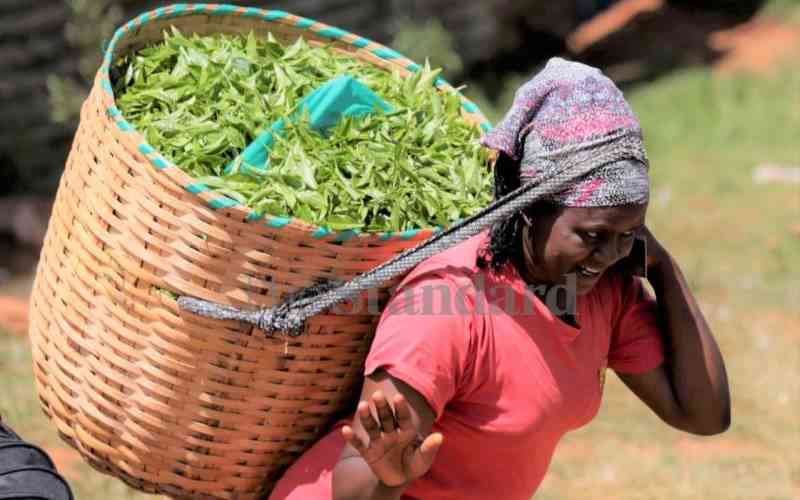 Let's promote our Kenyan tea as top brand in the globe
Let's promote our Kenyan tea as top brand in the globe -
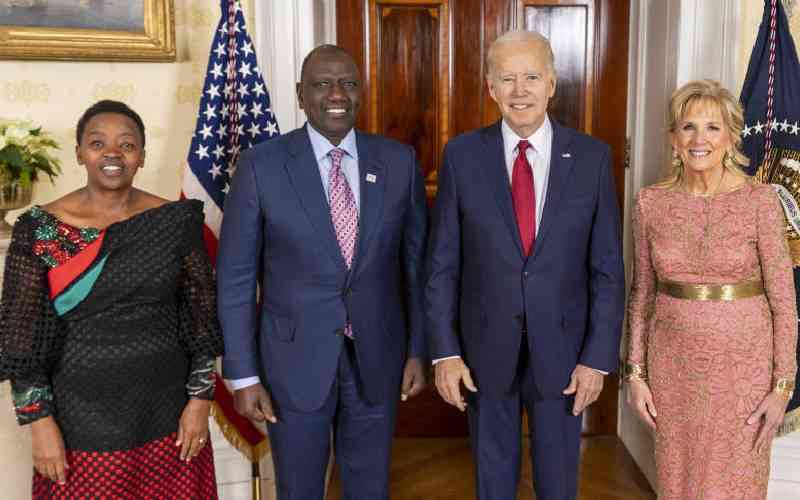 Pressure piles on Biden over Trump-era Kenya-US trade deal
Pressure piles on Biden over Trump-era Kenya-US trade deal -
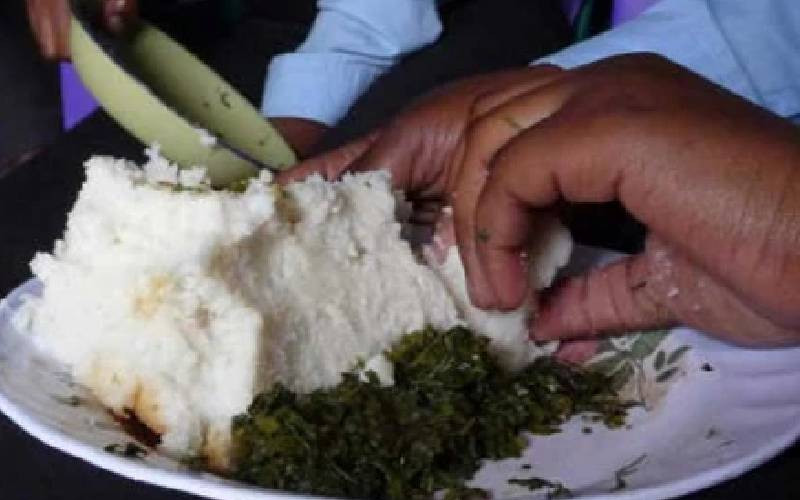 Hungry Kenyans won't hold for long as Kenya Kwanza take wine
Hungry Kenyans won't hold for long as Kenya Kwanza take wine -
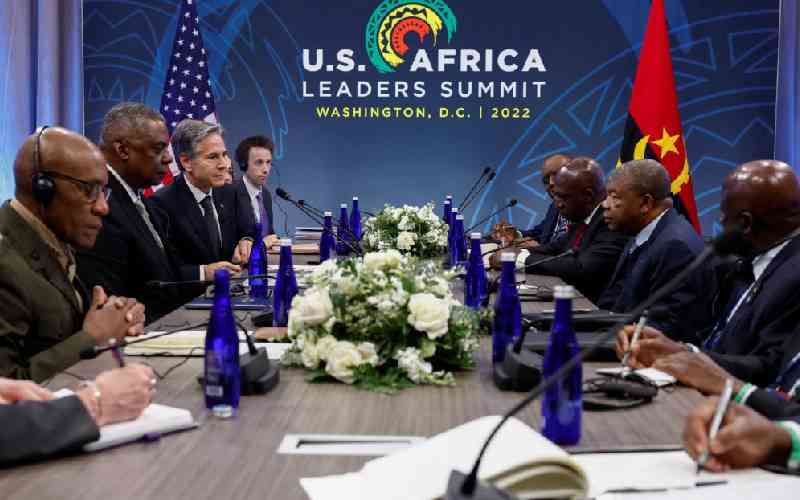 Agoa, healthcare and environment dominate latest US-Africa forums
Agoa, healthcare and environment dominate latest US-Africa forums
Unfortunately, over and above the global economic recession, the economic slowdown experienced in the US has severely affected our exports. The increased cost of doing business in the country has further exacerbated the situation, rendering the sector uncompetitive.
The cost of doing business in the country has increased by almost 25 per cent from May 2022 to February 2023. This is attributed to increased costs including employee wages, increase in statutory contributions such as the NSSF, power tariffs, logistics and finance, among others.
With the depreciation of the Kenyan shilling against the dollar and other hard currencies, the perception is that this would help enhance export competitiveness. However, this has not been the case since the cost of doing business continues to soar compared to other countries.
This has resulted in a high rate of order cancellations and requests for delayed shipment by global buyers, leading to a cashflow crisis among sector players as much of their cash is locked in inventory that is not due for payment as per forecasted schedules.
Stay informed. Subscribe to our newsletter
Whereas buyers are committed to protecting their African suppliers during the slow period, Kenyan manufacturers cannot compete with regional players Egypt, Tanzania, Uganda, Ethiopia and Ghana.
The high cost in Kenya has also affected jobs within the sector. A recent survey by KAM showed that jobs within the textile and apparel sector reduced by 20 per cent to 30 per cent between October 2022 and February 2023. Sadly, we foresee job opportunities decreasing further as cost competitiveness increases and the US market slows down.
KAM aims to increase the manufacturing sector contribution to GDP from 7.2 per cent to 20 per cent by 2030 through the Kenya Manufacturing 20BY30 Plan. The association has identified export-led growth as a critical pillar in driving this growth, as outlined in the plan and the Manufacturing Priority Agenda, 2023.
As a crucial sector in driving this pillar, the textile and apparel sector has identified interventions to sustain apparel exports. First is an export incentive to bridge competitiveness gaps by making the production processes of firms and industries more efficient and productive. Such an initiative that links to the domestic market will drive the growth of the sector.
Second is the creation of a vertically integrated value chain to supply fabrics and yarns to the sector. This will be instrumental in enhancing the sector’s ability to meet the speed-to-market requirements. A vertically integrated value chain will necessitate an overhaul of the incentives framework to support a vibrant yarns and fabrics manufacturing sector.
Third is reduced electricity costs to allow for investments and competitive manufacturing in spinning, weaving, and knitting. The recent increment of power tariffs announced by Energy and Petroleum Regulatory Authority does not make it economically feasible to run a competitive textile firm.
Fourth is access to affordable funding for investments and trade financing. Global competitors are accessing credit at single digits below the seven per cent annual interest rate. Global buyers also have a maximum allowable interest rate factoring in the pricing of their sourcing decisions. This will enable the sector to finance its capital-intensive and high operating capital needs.
The writer is the chair of the KAM EPZ Textiles & Apparel Sub-Sector
Kenyan Textiles AGOA Kenyan Exports
- .
- The office boyfriend is a threat to your marriage
- Return of garbage: City choking in filth
- Ship docks in Mombasa with 48,000 tons of white maize
- Why electricity keeps getting more expensive
- Why married women are seeking 'pleasure' in massage spas
- .
- Pastor Mackenzie surrenders after four congregants die of starvation
- Did woman who died in delivery room have premonition on her death?
- Hungry Kenyans won't hold for long as Kenya Kwanza take wine
- Nairobi County to sack 700 inspectorate officers hired by outdated NMS
- Dr Asha Mohammed resigns from Kenya Red Cross
. Ship docks in Mombasa with 48,000 tons of white maize Coast By Benard Sanga 57 mins ago . 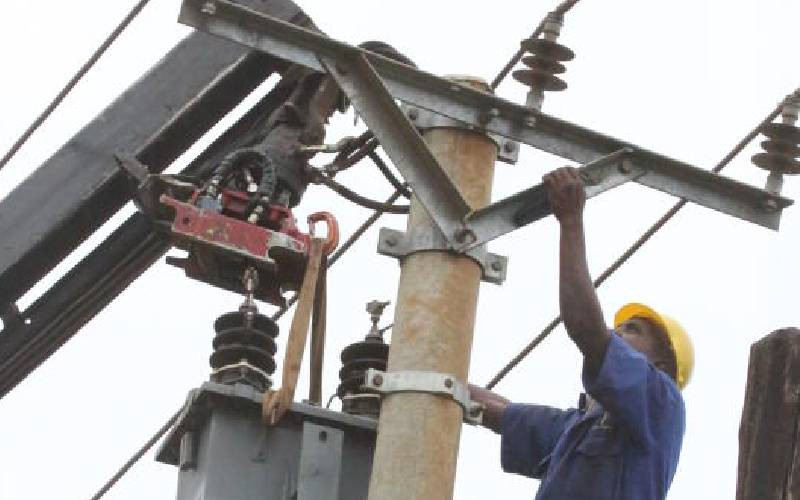 By Jasmine Murani 1 hr ago Premium Why electricity keeps getting more expensive
By Jasmine Murani 1 hr ago Premium Why electricity keeps getting more expensive  By Marion Kithi and Nehemiah Okwembah 1 hr ago Premium Deadly cults: More bodies of pastor's followers found as police search for mass grave
By Marion Kithi and Nehemiah Okwembah 1 hr ago Premium Deadly cults: More bodies of pastor's followers found as police search for mass grave 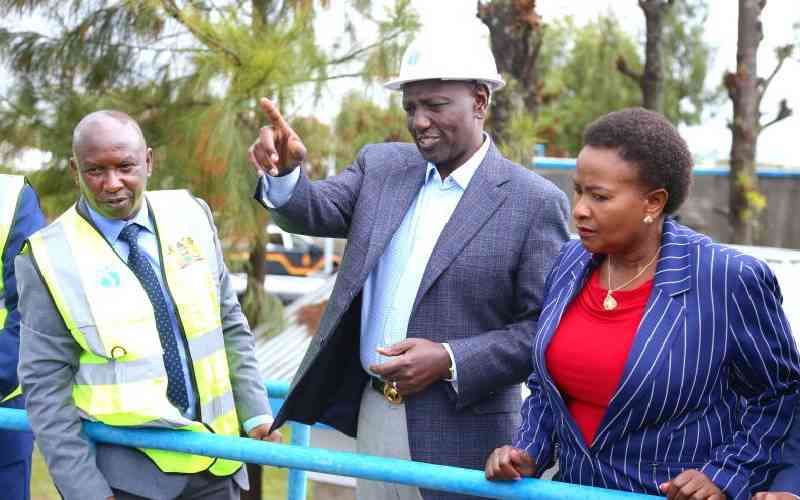 By Jacob Ng’etich 1 hr ago Premium Imports to put cheaper ugali on your plate next week, says Ruto
By Jacob Ng’etich 1 hr ago Premium Imports to put cheaper ugali on your plate next week, says Ruto  By Gabriel Dolan 1 hr ago Premium Hungry Kenyans won't hold for long as Kenya Kwanza take wine .
By Gabriel Dolan 1 hr ago Premium Hungry Kenyans won't hold for long as Kenya Kwanza take wine . 
- 3 3 Bedroom Bungalows for sale
- House Type:3 Bedroom Bungalows for sale
- Offer Type: sale
- KES 4,500,000
- 3 Incomplete house to Lintel Level on Exit 14, Kiambu Road
- House Type:Incomplete house to Lintel Level on Exit 14, Kiambu Road
- Offer Type: sale
- KES 4,500,000
- 3 CASCADIA APARTMENTS
- House Type:CASCADIA APARTMENTS
- Offer Type: sale
- KES 9,200,000
- Service Engineer
- Employer: Wananchi Group
- Contract: Temporally
- Status: Active
- Employer: Nairobi






